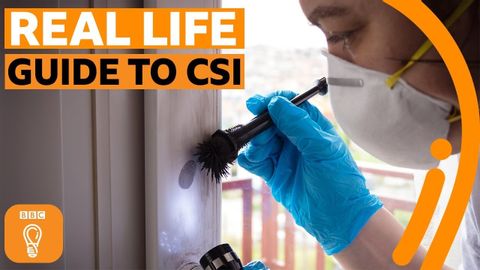法医学。インサイダーズ・ガイド|BBCアイデア (Forensic science: An insider's guide | BBC Ideas)
Summer が 2021 年 10 月 21 日 に投稿  この条件に一致する単語はありません
この条件に一致する単語はありませんUS /ˈɛvɪdəns/
・
UK /'evɪdəns/
- adj.異性愛者;異性愛の;正直で直接的;真っ直ぐな;きちんとした
- adv.率直に;まっすぐに;すぐに
- n.異性愛者
- v.t./i.まっすぐにする
US /ˈækjərɪt/
・
UK /ˈækjərət/
- v.t./i.進化させる;展開する;進化する;変遷する
エネルギーを使用
すべての単語を解除
発音・解説・フィルター機能を解除
